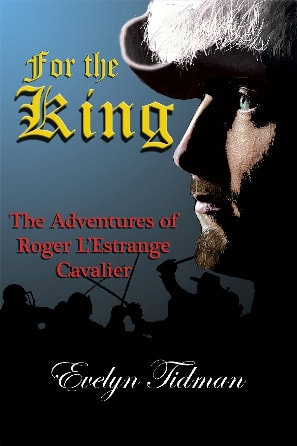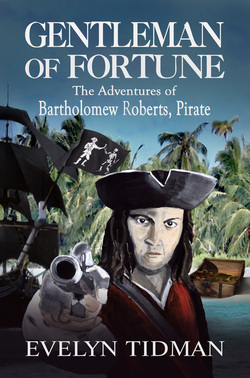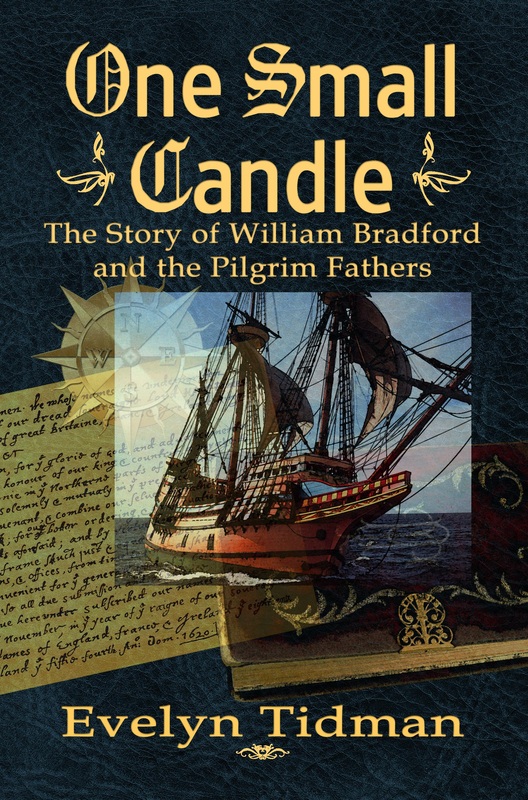While researching ONE SMALL CANDLE The Story of William Bradford and the Pilgrim Fathers, I discovered that within the group they were nearly all related by a system of marriage and re-marriage. This created a major research headache for me. I had lists on my walls of family trees with dates and offspring, because the children were often inter-related. I had to remember whose sister was whose wife. I also had to know where they came from, and at what point they joined the story
To begin with in 1608 the Pilgrims were a congregation of Separatists numbering 125 in Scrooby, a village situated at the point where Nottinghamshire met Yorkshire and the Lincolnshire town of Gainsborough was just ten miles east. Their ‘ruling elder’ was Richard Clifton, and John Robinson and William Brewster were also elders. Young William Bradford was in this congregation. Another congregation of Separatists was located in Gainsborough under the pastorship of John Smith.
In the early years of the 17th century, the religious persecution of Separatists was so bad that they lived in constant fear of being arrested, and others of their persuasion in London had been hanged at Tyburn. As a result, they decided to leave England for Holland, which country, unlike England, allowed freedom of worship. The congregation in Gainsborough were the first to move to Holland and they settled in Amsterdam. The Scrooby congregation followed in dribs and drabs in 1607-9 and at first joined themselves to John Smith’s group.
However, there was a huge difference of opinion between the Scrooby elders and John Smith’s idea of scriptural truth, so the Scrooby contingent attached themselves to yet another group of Separatists in Amsterdam called the Ancient Brethren. They did not agree with them either, and there was trouble brewing there when one of the elders was accused of child molestation. In short order, they decamped again and moved to Leyden to form their own group under the leadership of John Robinson, taking quite a few of the Ancient Brethren with them.
By this time, they had mixed with three hundred or more other Separatists. William Bradford later married Dorothy May in1613 whom he had met in Amsterdam, and their son Jonathan was born in 1615. Years later William Bradford married Alice Carpenter in Plymouth, NE, and they too first met in Amsterdam.
The Carpenter family, under the head Alexander, were Separatists from Somerset. After being associated with the second congregation in Amsterdam, they too moved to Leyden. Alice Carpenter (1590-1670) first married Edward Southworth, and had two sons by him, Constant (1615-1679) and Thomas (1616-1669). Her sister Agnes (d. c. 1615) married Samuel Fuller (d.1633) , while another sister, Julianna, married George Morton in 1612 and Manasseh Kempton in 1627 in New England, and Priscilla Carpenter married William Wright (1588-1633 m. in New England in 1627).
The Whites were another large family. Catherine, born 1580 married George Leggatt first, and John Carver secondly (before they ever left England.) The Carvers were passengers on the Mayflower and John became the first governor of the Plymouth Colony. Sadly he died in 1621, and William Bradford became the next governor. The Carvers had two children, but both died in infancy in Leyden.
Catherine’s sister Bridget White married John Robinson the ‘ruling elder’ of the Leyden congregation. John Robinson was the driving force behind the emigration to New England, although he never made the voyage. The White clan included Charles, Thomas, Roger (who married Elizabeth Wales), Edward, Jane, who married Ralph Thickens in Leyden and Frances who married Francis Jessop. Their cousin William White married Susannah Fuller, sister of Edward and Sam Fuller. When he died of the sickness in Plymouth, she married Edward Winslow in May 1621.
If you’ve lost track by this point, then perhaps you can sympathise with me. I have lists of Mayflower passengers, Speedwell passengers, Anne passengers, Little Fortune passengers. Lists of congregation members in Scrooby, in Amsterdam, in Leyden, in London (before they left for America), who died in the sickness of 1620-21, who survived the sickness. You get the picture.
These days, all these lists are available on the internet. In the days when I did my research, there was no internet! Or if there was, I had not discovered it yet. It took me two years to write ONE SMALL CANDLE and I tried to record the events are as accurately as possible. However, my aim was not to make a dry history book. I wanted to discover what drove these people to such desperate lengths, what life must have been like for them.
Within historical information there is always room for interpretation. From the snippets of information available I had to devise personalities for the characters, understand their personal achievements or tragedies. I had to fabricate some conversation—although in some cases fabrication was unnecessary.
ONE SMALL CANDLE is not intended to be a definitive history book. It is intended to give an overall picture of the events, to bring the people to life.
I hope you enjoy it.
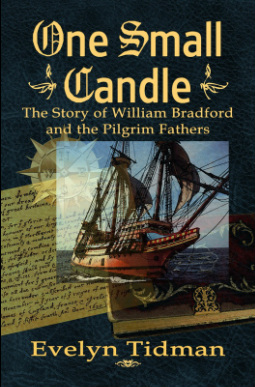
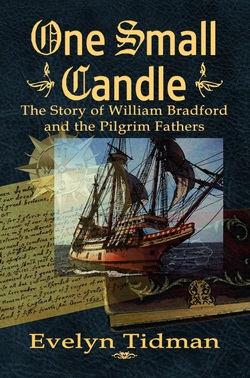
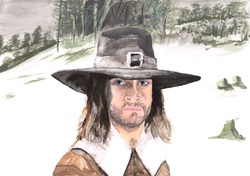
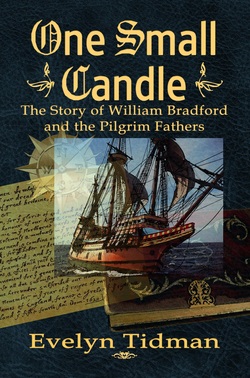
 RSS Feed
RSS Feed
